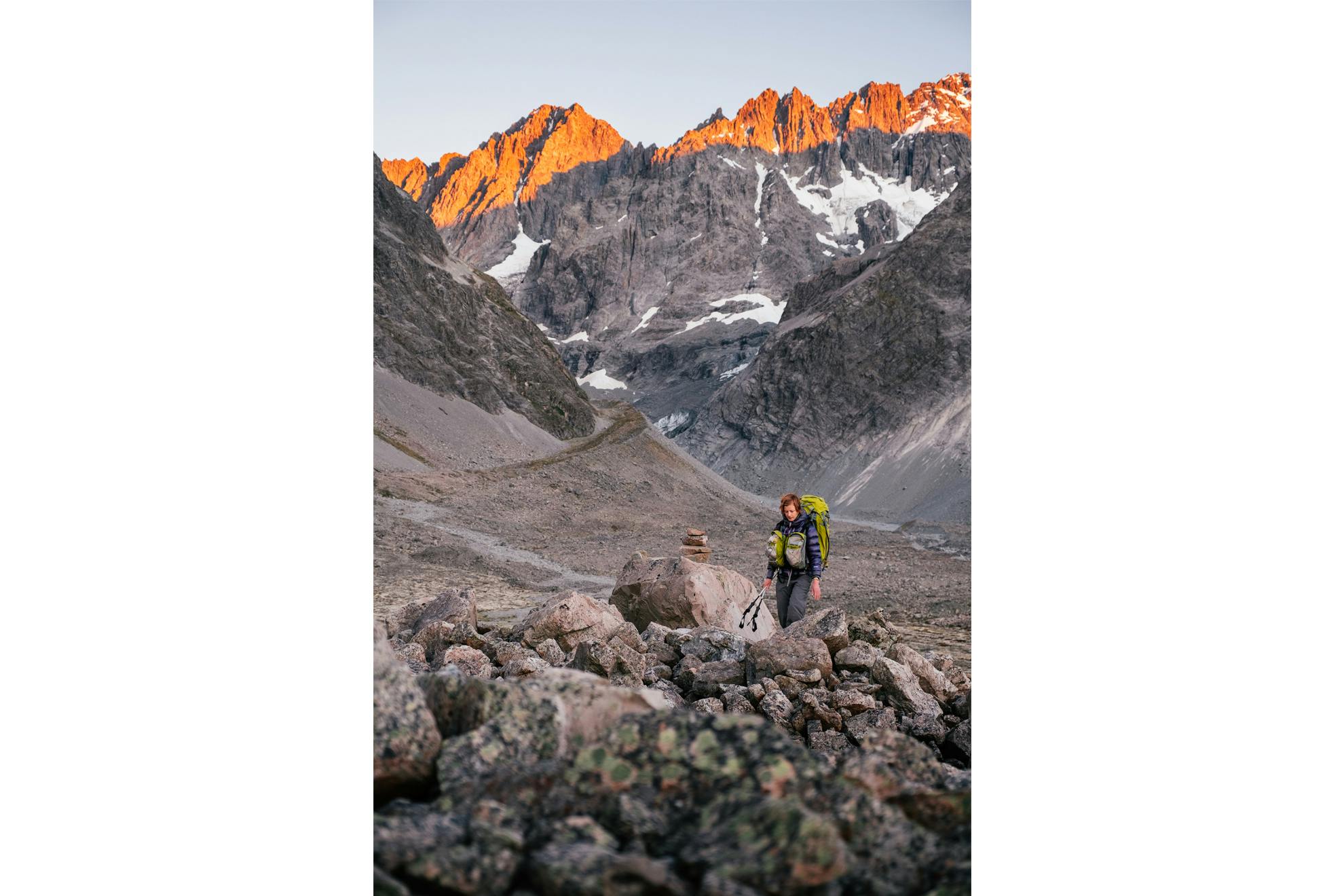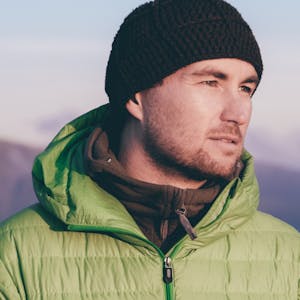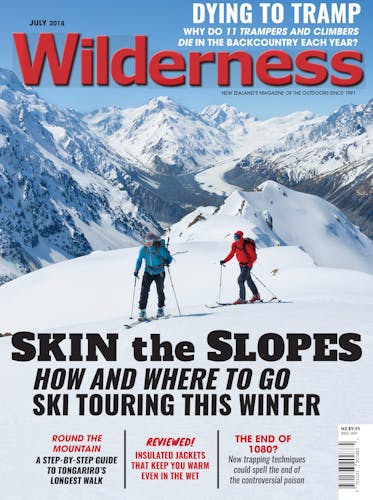These simple principles apply to any kind of photography, whether landscape or urban, and from weddings to portraiture.
Subject
Sometimes you are spoilt for choice. When facing a beautiful sunset in the mountains with lakes, trees, tents and people, take a breather and think about your intention. What is your image about? All your subsequent choices follow from your subject.
Composition
Next, you have to decide where in your frame to place your subject. There are many compositional guidelines, but the rule of thirds is still the most popular one.
Chances are your camera already shows a thirds overlay consisting of two horizontal and two vertical lines that split your image into nine equal rectangles. Try arranging the horizon or other horizontal landscape features on one line, while placing your subject at one of the intersections.
Orientation
While the design of your camera encourages taking photos in landscape format, turning it upright into portrait format will completely change the statement of your photo. Portrait images emphasise the verticality of a mountain scene and encourage the viewer to take in the different layers of terrain, from the grass in front of the photographer all the way to the mountain ranges in the background.
About this photo
A glacial moraine is a vast and inhospitable place. When I took this picture I wanted to make a statement about how small it made me feel. Using my tramping partner as the subject was the obvious choice. I found the depth and texture of rocks stretching into the distance compelling, so I chose portrait format. Next, I decided on a composition that would place my subject in the bottom-right intersection of my rules-of-thirds grid. I then zoomed in until foreground, midground and background each roughly filled a third of the image. The composition is further helped along by the splash of colour in the backpack. Her expression and posture convey the story of how difficult the terrain is underfoot.
Camera: Fujifilm X-T2
Settings: 36mm, ISO400, f2.8, 1/125s
– Dennis is a Christchurch-based photographer and teaches photography at www.heroworkshops.com








